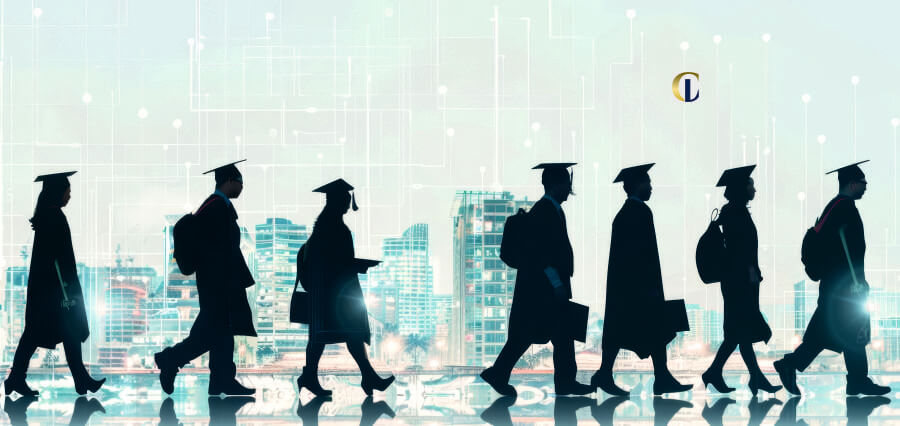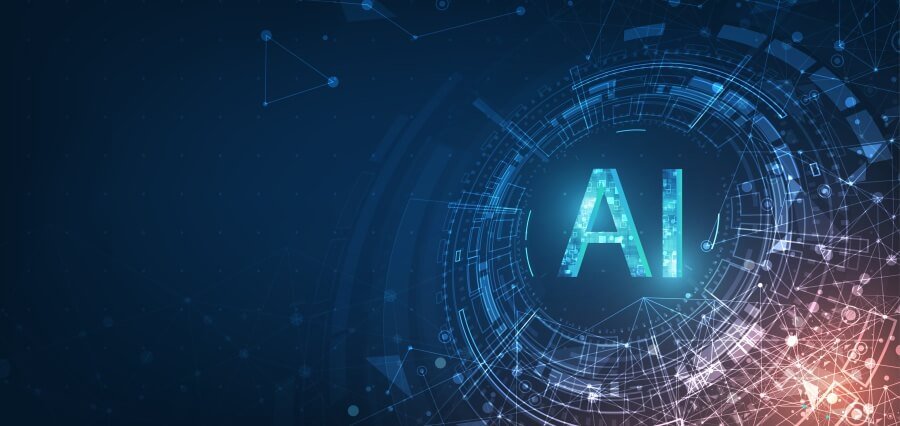Convenient Educational Initiatives
The technological change has occurred much faster and this has impacted almost all the industries including the education industry. It is the EdTech leaders who are now at the helm to transform the ways that students learn, teachers teach, and learning institutions function. With technologies such as Artificial Intelligence in smart education, game education, and learning education, education is gradually and constantly becoming more convenient, time-effective and fun than ever.
Learn As Per Your Requirements
It is still noteworthy that one of the most effective changes that have occurred in the sphere of EdTech is the development of individual learning approaches. These platforms are using AI and machine learning to personalize students’ pacing and learning approaches. In contrast with the conventional approaches in education that use the generic delivery of concepts and learning materials, individual learning platforms provide lessons, quizzes, and feedback that are unique to each learner’s performance.
There are a few names like Byju’s, DreamBox, Knewton, etc., leading the world in providing narratives for education that will facilitate the understanding of students with rich content of concepts at a pace that suits them best. The students requiring special attention have to be given extra lessons in those areas they are lagging behind while others who are bright should be promoted which makes learning much more effective in most cases.
Personalization goes beyond just the content management system as students receive immediate feedback and instructors as well. Data analytics can be used by teachers to determine which aspects of their learning are easy for the students or which are difficult. This also serves to help teachers to be in a position to be able to help individual learners and also increase the effectiveness of classrooms.
Blending the Old and the New
The current EdTech innovators are advocating for the use of a blend of face-to-face teaching complemented by the use of Technology. Engaging students in self-paced learning through online modules does not eliminate the instructors’ and peers’ contacts and interactions.
Blended learning improves students’ interest and motivates them to be more involved; students are able to watch videos and complete interactive simulations and quizzes online. This learning style has over the years taken root in both the K-12 and university learning institutions to allow students to receive information at their own convenience.
Making Education Fun and Engaging
Another important trend in EdTech which has been revolutionized is gamification. GamiFiication involves incorporating game-like features such as points, badges, a leaderboard, and challenges into contexts that are outside a game for instance the classroom. If carried out effectively, gamified learning helps in increasing students’ participation rates, and their level of motivation and even fosters an exhilarating classroom demeanour.
Platforms like Kahoot! and Classcraft apply the use of games in teaching subjects such as mathematics, science, history and language arts. When learning is made challenging and more a multiple set, learners are likely to participate fully, gain knowledge and develop skills as well as thinking abilities.
Revolutionising Pedagogy and Learning
As evident from the paper, AI has a significant impact on EdTech that is transforming how both the educators teach and the learners learn. Automated tools can check students’ assignments, give feedback and even forecast their learning results based on previous performances. By so doing, by freeing up time and allowing teachers to grade assignments automatically, the discussion can be more effectively facilitated with students, and students can be mentored well and guided better.
Technology-enhanced learning technologies for intelligent adaptive learning also provide suggestions on what a student requires to achieve success. In addition, AI systems can assess huge amounts of information and help schools make the right decisions for students, curriculum, and resources.
A second mode of deploying AI in education use is in language acquisition. Additional features of AI can also be seen in the development of programs to create free lessons based on a certain level of proficiency that provides the learner with the most appropriate lexical, grammatical, and pronunciation practices in quizzes similar to those of Duolingo.
A Future with Educational Innovation
It’s for this reason that the new EdTech industry at large is bringing a revolution in the education sector by making it more personalized, accessible and engaging than ever before. Owing changes such as the Application of Artificial Artificial Intelligence, games, and remote classes mainly make the leadership of EdTech change traditional learning styles to prepare students and enhance their skills and knowledge in future preparations. EdTech also has the capability of being the force behind an educational revolution that will see students, teachers as well as society gain in the process.








